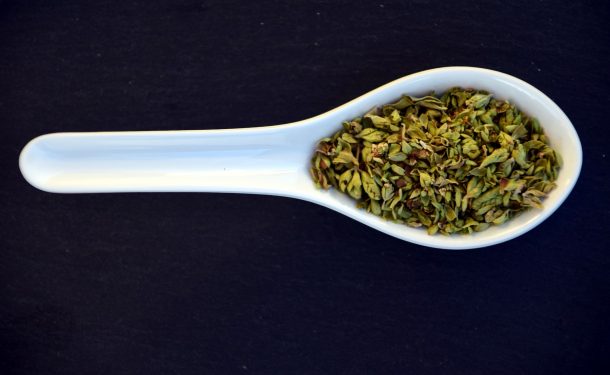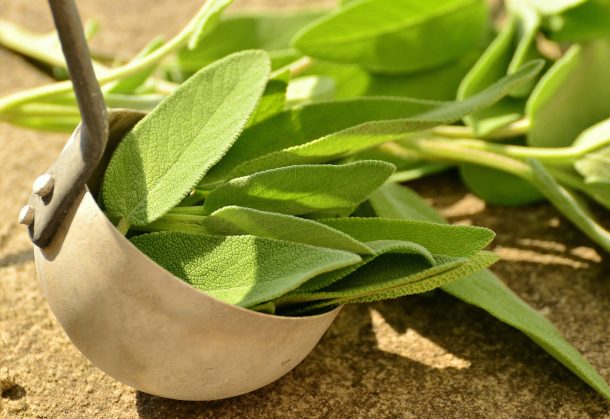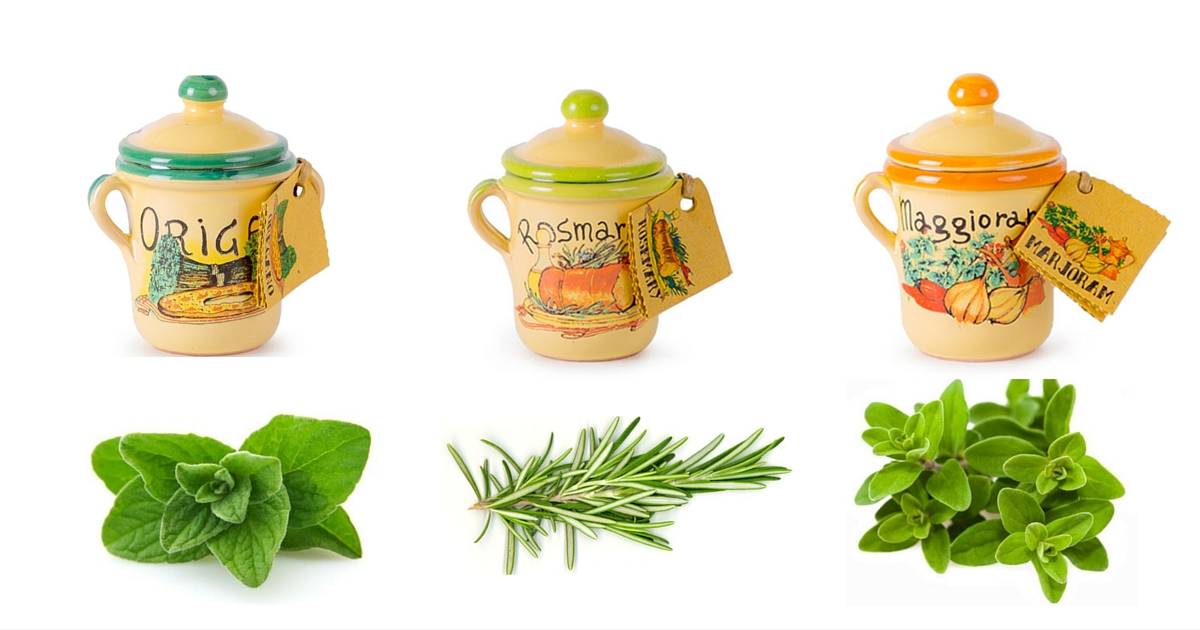Italian herbs are extremely helpful when cooking and they also have many health benefits when you eat them on a regular basis. A single herb can totally transform a simple dish of pasta and tomato sauce giving it that extra flavour and authentic Italian taste.
Here’s a short list of the dried Italian herbs most of which you will find in our shop and that you can buy directly from us. In case you are not sure which herbs are best added to which foods, we will give you some helpful information about each herb and suggest a few ways to use them in your day-to-day meal preparation.
Oregano

Also known as: Origanum Vulgare
Origin: Europe and Central Asia
Family: Mint Family (Lamiaceae)
Periodicity: All year round-Perennial herb
This plant is related to marjoram and is sometimes known as wild marjoram. More flavourful dried than fresh. Slightly bitter but extremely aromatic. It is best known as the pizza herb since WWII soldiers brought it back to the USA from southern Italy where they had been eating it on pizza. Widely used in Mediterranean cuisine especially for flavouring lamb.
Goes well with: Kebab, Greek salad, Pizza Marinara, fresh tomato salad, olive oil, bread (with olive oil on a bruschetta), mushrooms.
How to use it: Add at the very last minute, before taking the food off the stove or the flavour will burn out. Sprinkle on a pizza at the end, immediately after taking it out of the oven.
Marjoram

Also known as: Origanum Majorana
Origin: Europe and Central Asia
Family: Mint Family (Lamiaceae)
Periodicity: All year round-Perennial herb
This is a fragrant herb with scents of lemon and pine cone. It has smooth, long hairy leaves. Greeks and Romans used it in ancient times. It is known for its digestive properties especially if infused in hot water. Good source of iron, calcium, vitamin A and C. This herb has a delicate but pungent flavour. It generally grows in a small, woody-stemmed shrub.
Goes well with: Infused into water, chicken, duck, fish, lamb, meat, mushrooms, rabbit, salad, peas, pork, soups, potatoes and courgettes.
How to use it: As with oregano, add at the very last minute, just before taking the food off the stove.
Rosemary

Also known as: Rosmarinus Officinalis
Country of Origin: Europe, Asia, Africa
Family: Mint Family (Lamiaceae)
Periodicity: Spring
This herb is a shrub like plant just like marjoram and it grows spontaneously in the Mediterranean area. It has digestive properties as well as relaxing ones and can be consumed by infusing it in hot water. This herb is thought to heal rheumatic pain and to tone the skin. It is extremely aromatic and particularly penetrating.
Goes well with: Roasted meats, especially chicken, aromatic olive oil, potatoes and olive oil focaccia.
How to use it: Season the dish before cooking, this way the aromatic fragrance of the Rosemary will completely infuse into the food.
Sage

Also known as: Salvia Oficinalis
Country of Origin: Mediterranean especially Italy
Family: Mentheae Family
Periodicity: Spring to Summer
Sage has very small leaves and grows in a bush like shrub. Its leaves are flat and velvety and even if the size is not generous its flavour is amazing! All you have to do is rip off just a little bit of the leaf to sample its intense aroma. It is an antibacterial and antiseptic herb as well as a natural antibiotic. It is believed to help in cases of severe asthma and aids digestion as well. The Romans considered salvia sacred: they used to gather it and use it to preserve food.
Goes well with: cheese, mushrooms, pork, Infused and in stuffing. Lovely in a simple butter sauce to dress tortellini.
How to use it: At the beginning in the oven or frying pan to give that aromatic and pleasant aroma.
Do you use dried Italian herbs? Let us know your favourite ways of using them in your Italian recipes!


